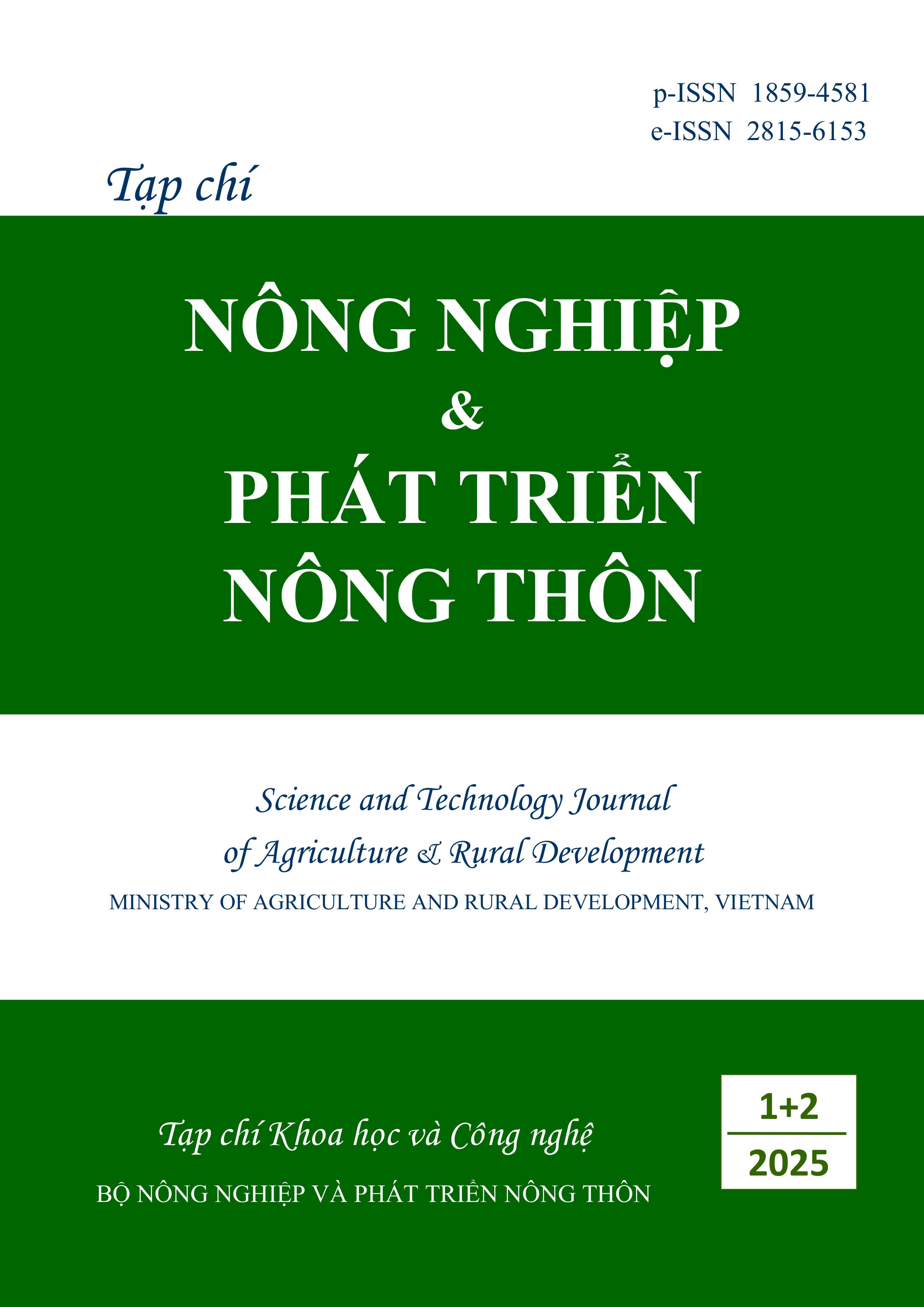RESEARCH ON TECHNICAL MEASURES FOR FLOWERING REGULATION IN SINGLE-PETAL PINK PEACH TREES IN SA PA TOWN, LAO CAI PROVINCE
DOI:
https://doi.org/10.71254/p9nayy07Keywords:
Sapa single petal pink peach, pruning, root shocking, growth inhibitor, floweringAbstract
The study was conducted with the aim of applying technical measures to regulate the flowering process of the Sa Pa single-petal pink peach variety. The experimental techniques included pruning, root shocking, spraying growth inhibitors, leaf removal that carried out on the 5 years old trees. Pruning was found to help the tree concentrate more new growth branches during the autumn season, which then differentiates into flower buds and blooms the following year. The autumn shoots were more abundant, with greater branch length and diameter compared to the control (with respective values of 141.3 - 144.4 shoots, 14.3 - 14.6 cm branch length and 0.40 - 0.44 cm branch diameter), providing a foundation for the tree to flower the following year. Moreover, pruning also delayed flowering by 13 to 16 days, but it resulted in more flowers and a longer flower petal lifespan. This serves as an important scientific basis for peach growers to adjust the flowering time of their trees. The root shocking technique also had a positive effect on regulating the flowering process, helping the tree flowering later and produce more flowers. Root shocking performed in September each year yielded the best results, with 96.4% of branches flowering, an average of 28.2 flowers per branch, and a flower petal lifespan of 29.4 days. The method of using growth inhibitors or the leave removal technique plays an important role in regulating the flowering of plants. Using growth inhibitors such as Thiourea or Uniconazole 5 WP helps to regulate the plant's flowering, resulting in more flowers and longer flower durability. The leave removal technique also yields similar results to spraying growth inhibitors. However, depending on specific conditions, the appropriate treatment technique should be chosen. In general, using growth inhibitors is more cost-effective in terms of labor.






